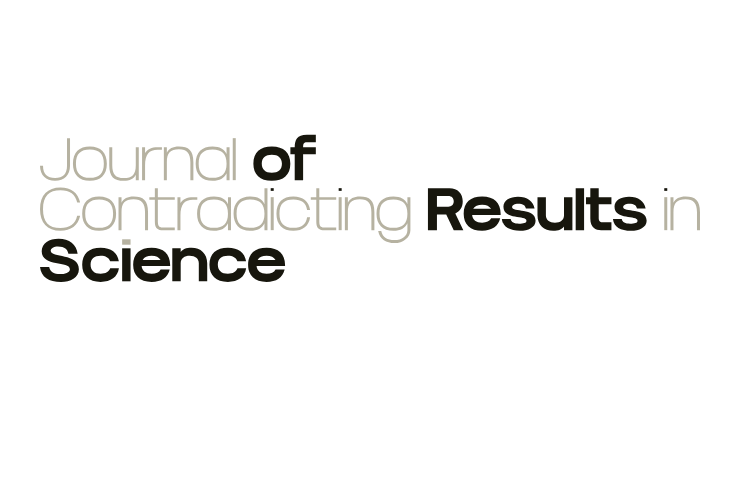Investigation on Production of Camptothecin and its Analogues in tissue culture of Ervatamia heyneana
DOI:
https://doi.org/10.5530/jcrsci.2.3Keywords:
Tissue cultures, Ervatamia heyneana, Camptothecin, Elicitors, Growth indicesAbstract
Tissue cultures of the leaves and stems of the indigenous tree Ervatamia heyneana (Wall) T. Cooke were established with the aim to investigate the production of camptothecin (CPT) and its analogues such as 9-methoxy camptothecin and 10-hydroxy camptothecin. Unorganized callus tissue was developed from stems on Murashige and Skoog’s (MS) medium, whilst Gamborg’s (B5) medium was used to develop unorganized callus tissue from leaves containing picloram 0.2 mg/L and benzyl adenine 0.2 mg/L. Accordingly, cell suspension cultures were established on the respective media composition from callus after 4 passages. Growth indices of cell suspension cultures were calculated and maintained by sub-culturing every 15 days. After maintaining for 2 passages, aliquots of sample were with- drawn from cell suspension cultures every 3 days up to the 15th day and filtered to separate medium and cells. Methyl jasmonate, arachidonic acid, cadmium chloride and silver nitrate used as elicitors were separately added to cell suspension cultures in two different concentrations (100 µm/L and 500 µm/L) on day 7, and were filtered after completion of the15 day incuba- tion period. Callus cultures (8, 12 and 16 weeks old), cells and the medium from cell suspension cultures were extracted and analyzed for CPT and its analogues. But none of the extracts showed the presence of CPT or its analogues.
Downloads









Quick Links